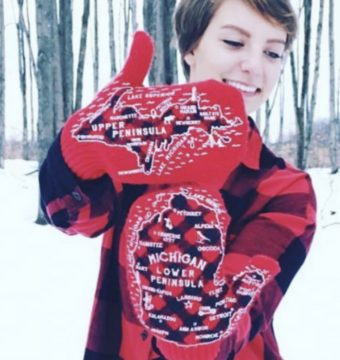David Byrne in Reasons to be Cheerful:
 In the United States more than 90 percent of federal voting districts have been drawn in such a way that their election outcomes are more or less predetermined. Only 40 U.S. House seats out of 435 are considered competitive. Clearly, this is NOT democracy.
In the United States more than 90 percent of federal voting districts have been drawn in such a way that their election outcomes are more or less predetermined. Only 40 U.S. House seats out of 435 are considered competitive. Clearly, this is NOT democracy.
This clever mapmaking is called gerrymandering and it comes in two flavors: packing and cracking.
In packing, the party in power draws the maps to concentrate the opposition’s voters into a single district, leaving them uncompetitive in all of the surrounding districts. Cracking is exactly the opposite. The party in power draws the lines so that the opposition’s voters are scattered across many different districts, making them an electoral minority in all of them.
Through this kind of creative map drawing, politicians are in effect choosing voters rather than voters choosing politicians. Both parties do this, and it’s hard to fight it because once the lines have been drawn to one party’s advantage they generally want to keep it that way. Which is why the best way to break the gerrymandering cycle is to take it out of the hands of politicians altogether.
Michigan did this, and other states can, too.
More here.
